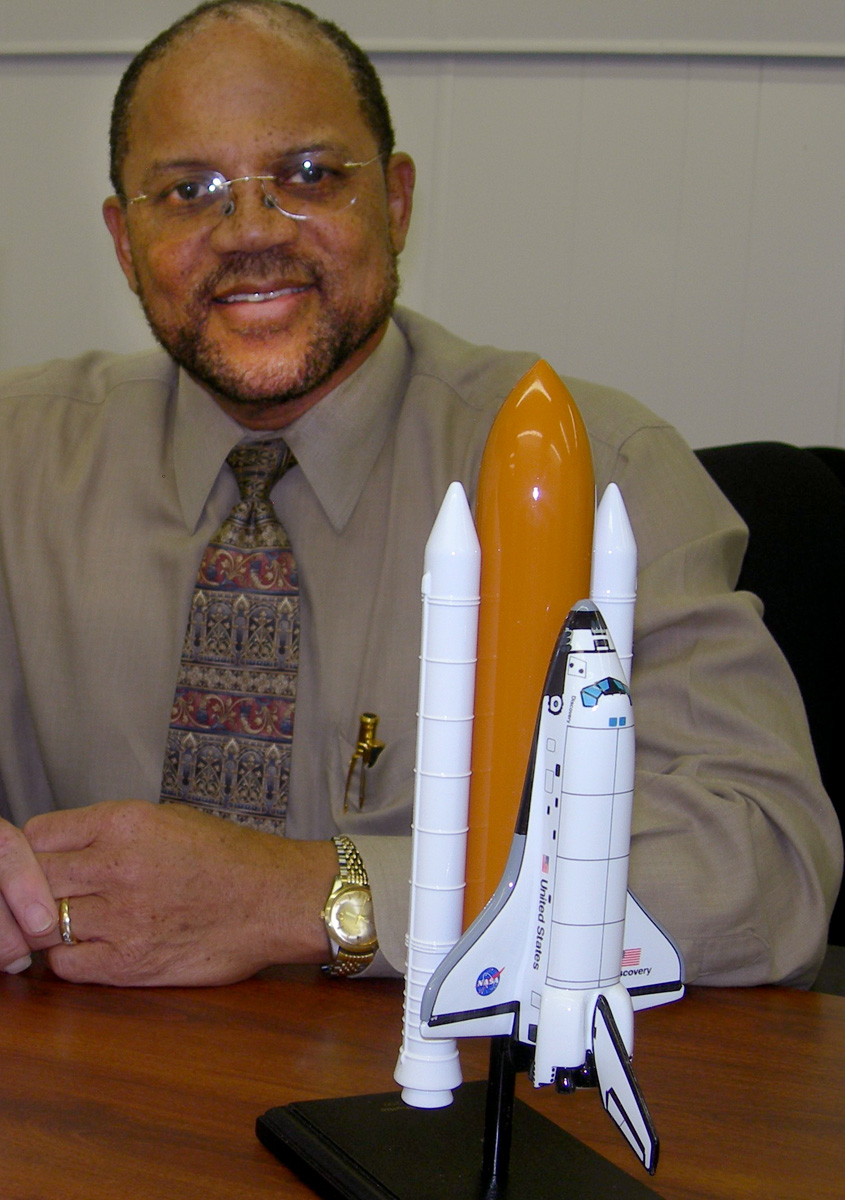April 30, 2012 Vol. 5, Issue 4
A new course demonstrates a different mindset about managing risk at NASA.
NASA’s philosophy and approach to risk management has evolved, as reflected in the recently issued NASA Risk Management Handbook (NASA SP-2011-3422). As a result, the Office of the Chief Engineer, the Office of Safety and Mission Assurance (OSMA), and the Academy of Program/Project & Engineering Leadership (APPEL) initiated a partnership to integrate the themes and best practices from the handbook across APPELs curriculum, and in the process developed a new course called Risk Management II (RM II).
As the follow-up course to Risk Management I, which provides a survey of risk management at NASA, “RM II gets into the mechanics of executing risk management,” said Moses Adoko, systems engineering curriculum manager for APPEL, who led the development effort for the course. Adoko worked closely with OSMA, which is the office responsible for the agency’s risk management policy and procedures, to identify clear requirements for the course. “What was unique about this process is that the OSMA team was not simply providing content,” said Adoko. “They were actively engaged in the process.” During a conceptual review for the course, Adoko and three OSMA experts verified and validated the training requirements and translated them into educational objectives, which drove the course content and instructional modules. The OSMA team participated in the review, providing feedback and insight throughout for integration into the pilot offering.
“I truly believe that risk management is one of the most important elements of project management,” said Homayoon Dezfuli, NASA fellow for system safety for the OSMA at NASA Headquarters. Dezfuli, who led the development of the Risk Management Handbook, was a key contributor to the course design and implementation efforts. “It takes more than just an NPR (NASA Procedural Requirements document) and a handbook to introduce rigor and discipline to risk management,” he added. “It requires training, mentoring, and recognition by the project managers. The fact that APPEL is doing the training part of it is necessary and, from my perspective, I’m happy with the result.”
The pilot RM II course took place at Marshall Space Flight Center March 6-7, 2012, with over 30 students in attendance. As the instructors taught the two-day course, Adoko and OSMA experts attended to observe and provide further feedback for the instructors. “Not only was the content consistent and compliant with the new way of looking at risk, we got the instructors educated,” said Adoko. “We wanted to get the best out of this course.”
Adoko attributes the success of the RM II pilot to the working relationships established between OSMA’s experts and course instructors. “APPEL realized that this was a fundamental shift from the way the agency has approached risk management in the past,” said Adoko. “There’s no way you can do justice to the disciplines of project management and systems engineering without covering the territory of risk management.”
The next RM II course will be held at Dryden Flight Research Center on June 12-13, 2012. The course is geared towards risk managers, systems engineers, project managers, project support staff, and safety and mission assurance employees.
Learn more about the RM II course.








